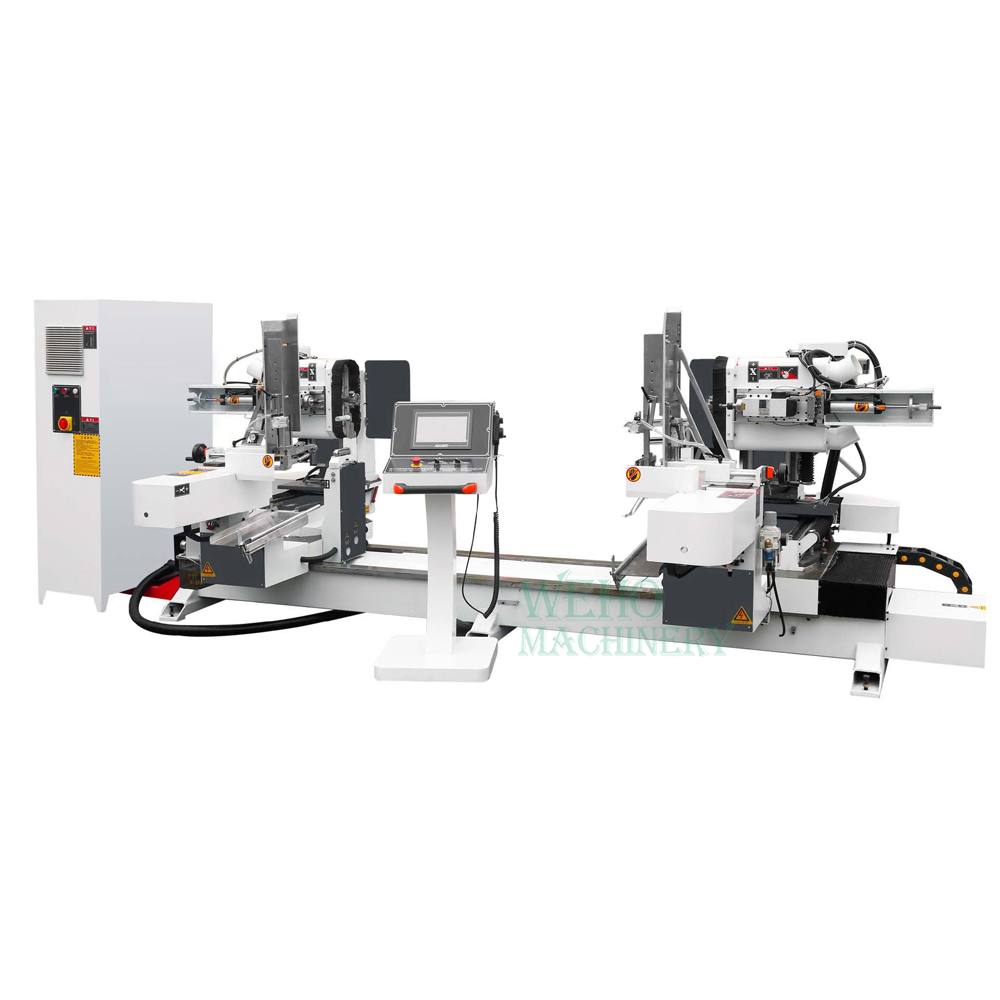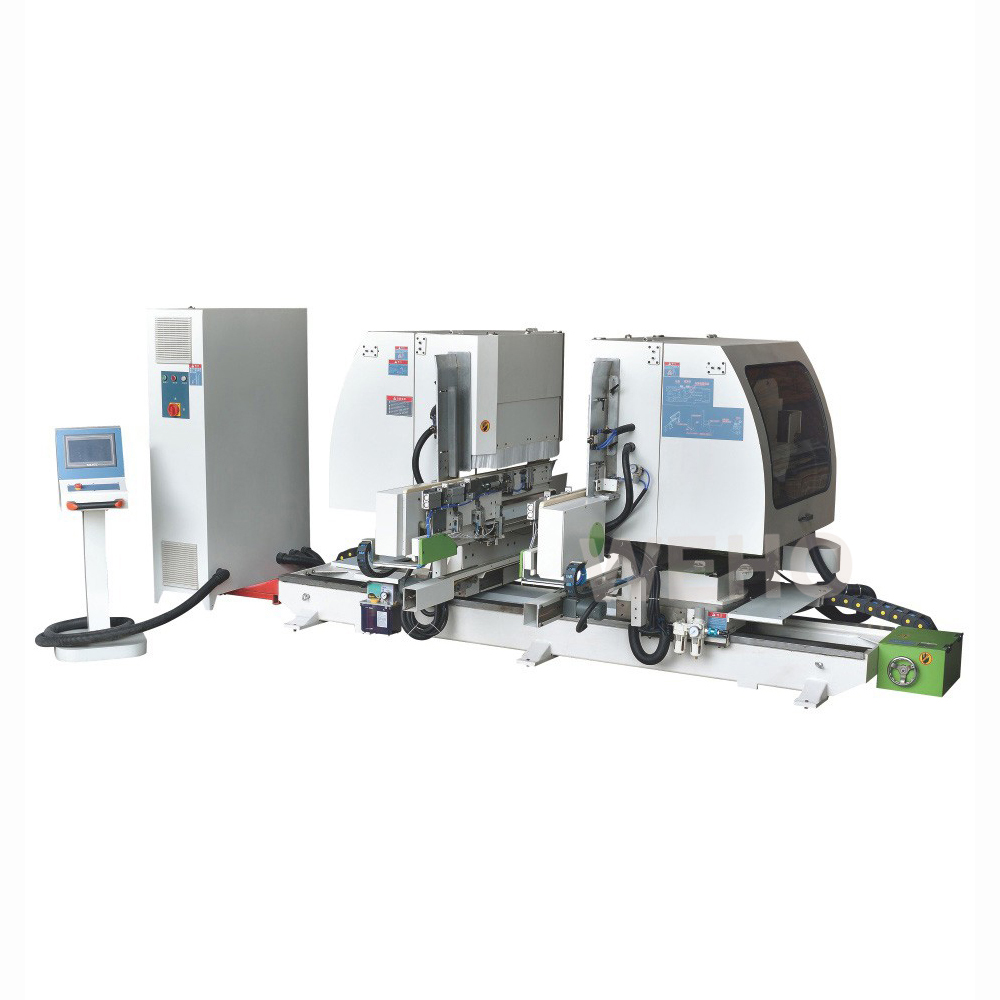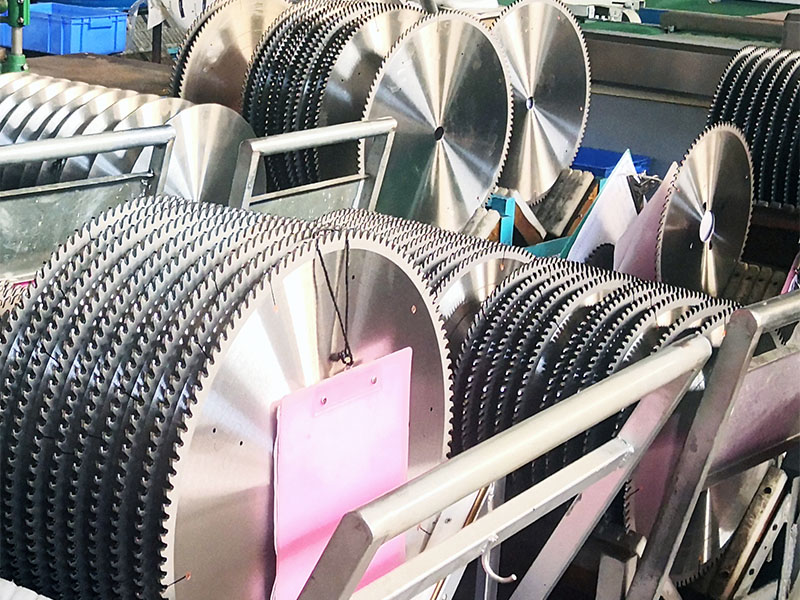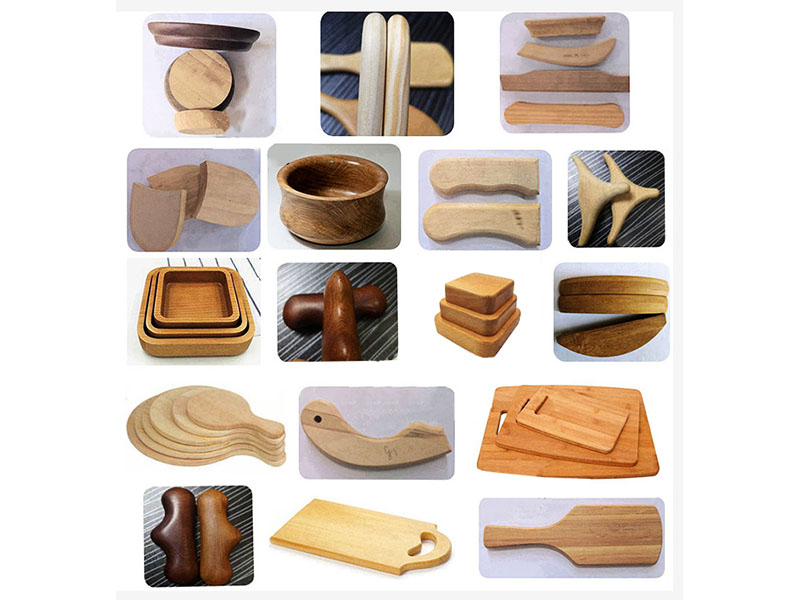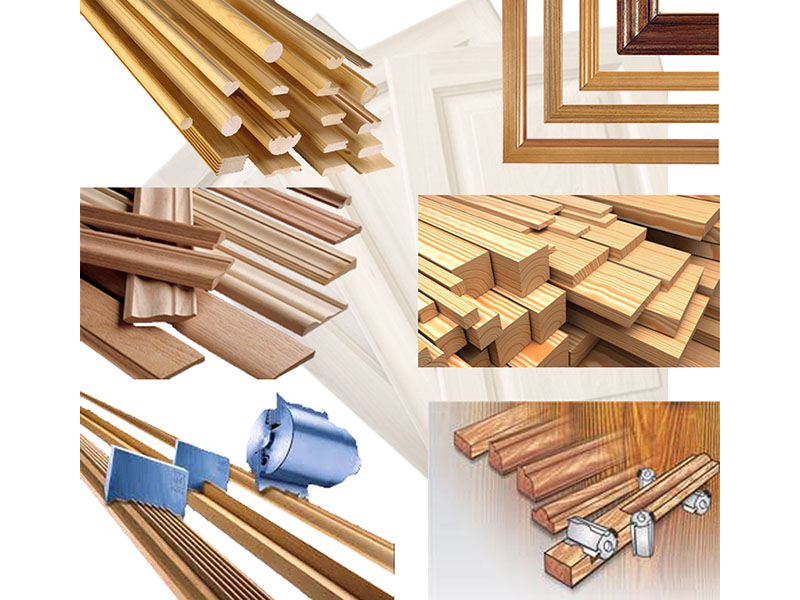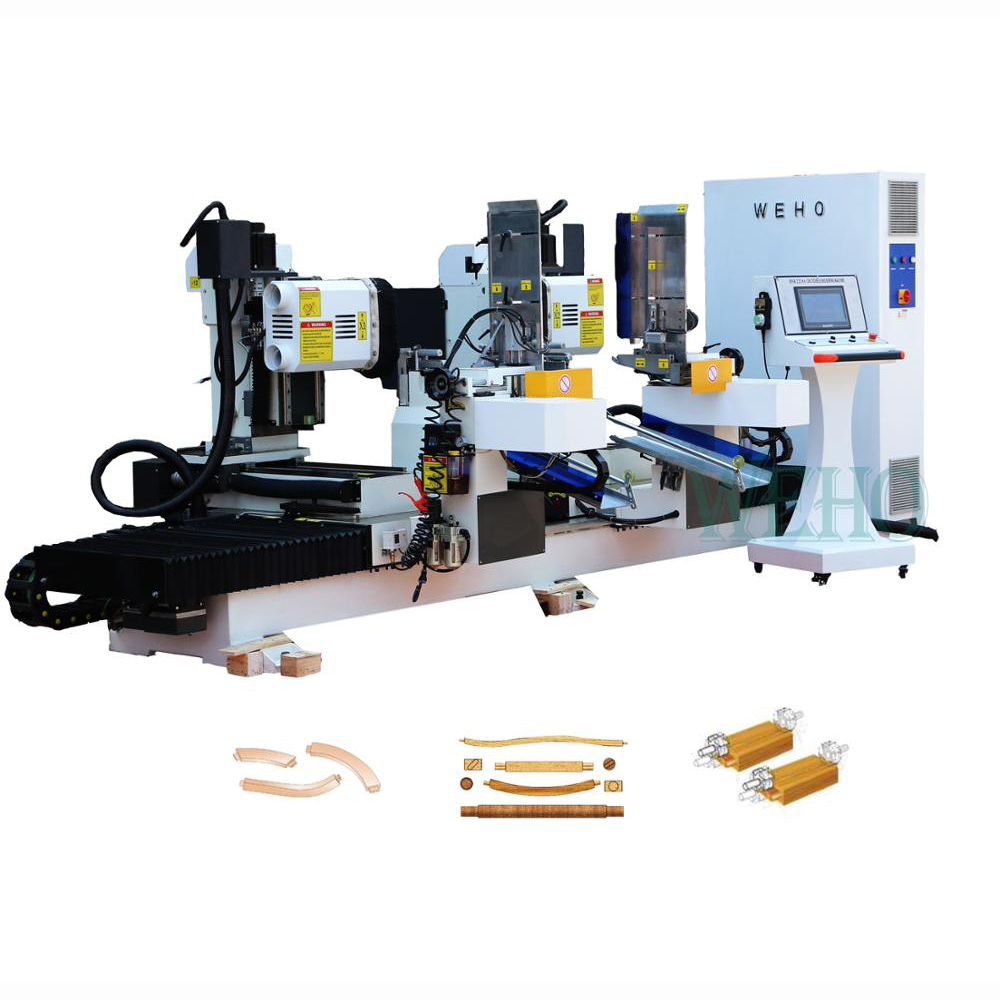
CNC Tenoner vs Manual Tenoner: Which One Should You Choose?
In the modern woodworking industry, precision, efficiency, and scalability are no longer optional—they are expected. One of the most crucial decisions for any workshop or manufacturing facility is selecting the right machinery for essential operations like tenoning. A tenoner is used to create tenons—protruding parts of wood that form strong joints with mortises, essential in making doors, frames, chairs, and other furniture components.
But when it comes to choosing between a CNC tenoner and a manual tenoner, which one better suits your needs? While both machines serve the same fundamental function, their working mechanisms, performance levels, and operational requirements differ significantly. Understanding these differences is essential before making a purchasing decision that could affect your productivity and bottom line.
In this article, we'll compare these two tenoner types in depth, outline their pros and cons, and help you determine which is more appropriate for your application. We'll also introduce WEHO, a trusted provider of woodworking machinery known for high-quality CNC and manual tenoning solutions.
What Is a Manual Tenoner?
A manual tenoner is a traditional woodworking machine operated mechanically by a skilled user. The operator manually adjusts the position of the cutting heads, sets the tenon dimensions, aligns the workpiece, and feeds the wood through the machine.
This type of tenoner is often found in small workshops and joineries where the volume of production is relatively low or where each piece of work is highly customized. Manual tenoners are favored by experienced woodworkers who value the control and tactile feedback that hands-on machinery offers.
Despite their simplicity, manual tenoners can still produce excellent results, provided the operator is skilled and attentive. Adjustments are made physically, allowing the user to handle variations in material and custom design requirements. They're also easier to maintain due to the absence of electronic or digital components, making them suitable for operations where low maintenance is a priority.
However, these machines are labor-intensive and inherently limited in speed and consistency. Variations in cut quality are common, especially when producing large volumes or working with multiple operators.
What Is a CNC Tenoner?
A CNC tenoner (Computer Numerical Control) is an automated machine programmed through a digital interface. The user sets parameters such as tenon width, length, and depth, and the machine performs the cuts automatically with high accuracy. CNC tenoners can handle repetitive tasks with consistent precision, making them ideal for mass production.
Unlike manual tenoners, CNC models do not rely on manual adjustments or steady hands. Once the job is programmed, the machine can execute the same task repeatedly with minimal operator intervention. This leads to faster throughput, reduced error rates, and significantly lower labor costs over time.
Many modern CNC tenoners also feature multi-axis movement, servo motors, automatic workpiece alignment, and integrated dust collection systems. These enhancements allow users to create complex tenon shapes and accommodate various material types and dimensions without retooling the machine.
The primary downside of CNC tenoners is their cost. Initial investment is considerably higher than for manual machines. Moreover, operating a CNC machine requires some technical knowledge—operators must understand both the software interface and basic programming commands to run it efficiently. Nonetheless, for facilities aiming for scalability, speed, and consistency, CNC tenoners are often the superior long-term choice.
Key Factors to Consider When Choosing
Selecting between a manual and a CNC tenoner is not simply a matter of technology—it's a strategic decision that depends on several practical considerations:
1. Production Volume
If your business involves high-volume manufacturing of identical parts, such as window frames, furniture joints, or cabinet doors, a CNC tenoner is the clear choice. Its ability to maintain consistency and run continuously will drastically reduce production time. On the other hand, if you operate a low-volume, custom furniture shop where every product is unique, a manual tenoner might be more suitable and cost-effective.
2. Precision and Repeatability
Manual tenoners rely heavily on the skill of the operator. Even with experience, variations in tenon size and shape can occur over time. CNC tenoners, by contrast, are highly accurate and can deliver perfect replication of every cut, reducing material waste and ensuring consistent fit in assemblies.
3. Labor Costs and Operator Skills
Manual tenoners require continuous hands-on operation, meaning higher labor input per unit produced. CNC tenoners reduce the need for manual labor and can be operated by fewer technicians. While there is a learning curve for CNC systems, once operators are trained, they can manage multiple machines or tasks simultaneously.
4. Budget Constraints
Budget is often a major limiting factor. Manual tenoners are more affordable in terms of purchase price, installation, and maintenance. CNC tenoners involve a higher initial cost but can offer substantial returns in productivity and quality over time. For businesses with limited upfront capital but long-term growth plans, starting with a manual tenoner and upgrading later may be a reasonable path.
5. Flexibility and Setup Time
Manual tenoners are more adaptable to small changes in design. Quick adjustments can be made manually without altering a program. CNC tenoners, however, are quicker when switching between jobs once multiple programs are saved—what might take 10–15 minutes to set up manually may only take a few clicks in a CNC system.
Why Choose WEHO for Your Tenoner Needs?
When it comes to purchasing a tenoning machine, the quality of the manufacturer matters as much as the machine itself. WEHO is a leading CNC tenoner supplier of woodworking machinery, trusted by professionals around the world for reliable, innovative solutions.
WEHO offers a wide range of CNC tenoners, designed with durable components, precision engineering, and practical features that meet modern production demands. For workshops looking to upgrade, WEHO's CNC tenoners offer intuitive control systems, fast programming, and minimal maintenance requirements.
In addition to offering high-quality machines, WEHO provides technical support, training services, and customization options, ensuring that your machine fits seamlessly into your production workflow.
Choosing WEHO means partnering with a company that understands the real-world challenges of woodworking and delivers practical, value-driven solutions to meet them.
Conclusion
The decision between a CNC tenoner and a manual tenoner comes down to your operational goals, production demands, and available resources.
Regardless of which machine you choose, it's essential to work with a trusted supplier who understands the needs of modern woodworking operations.
For woodworkers and manufacturers aiming for quality, consistency, and competitive advantage, the right tenoner is more than a machine—it's a strategic asset. Let WEHO help you make the right choice.



